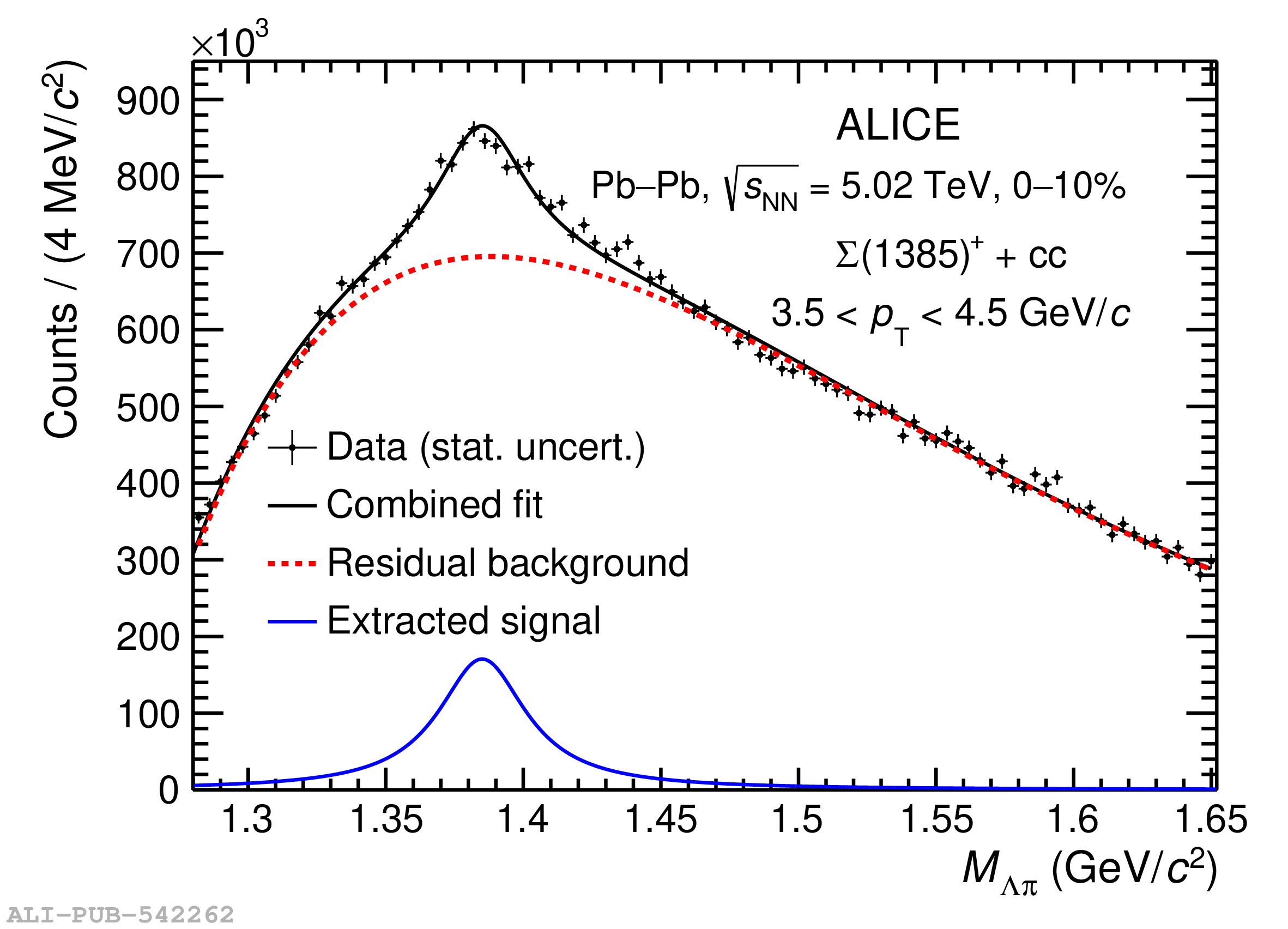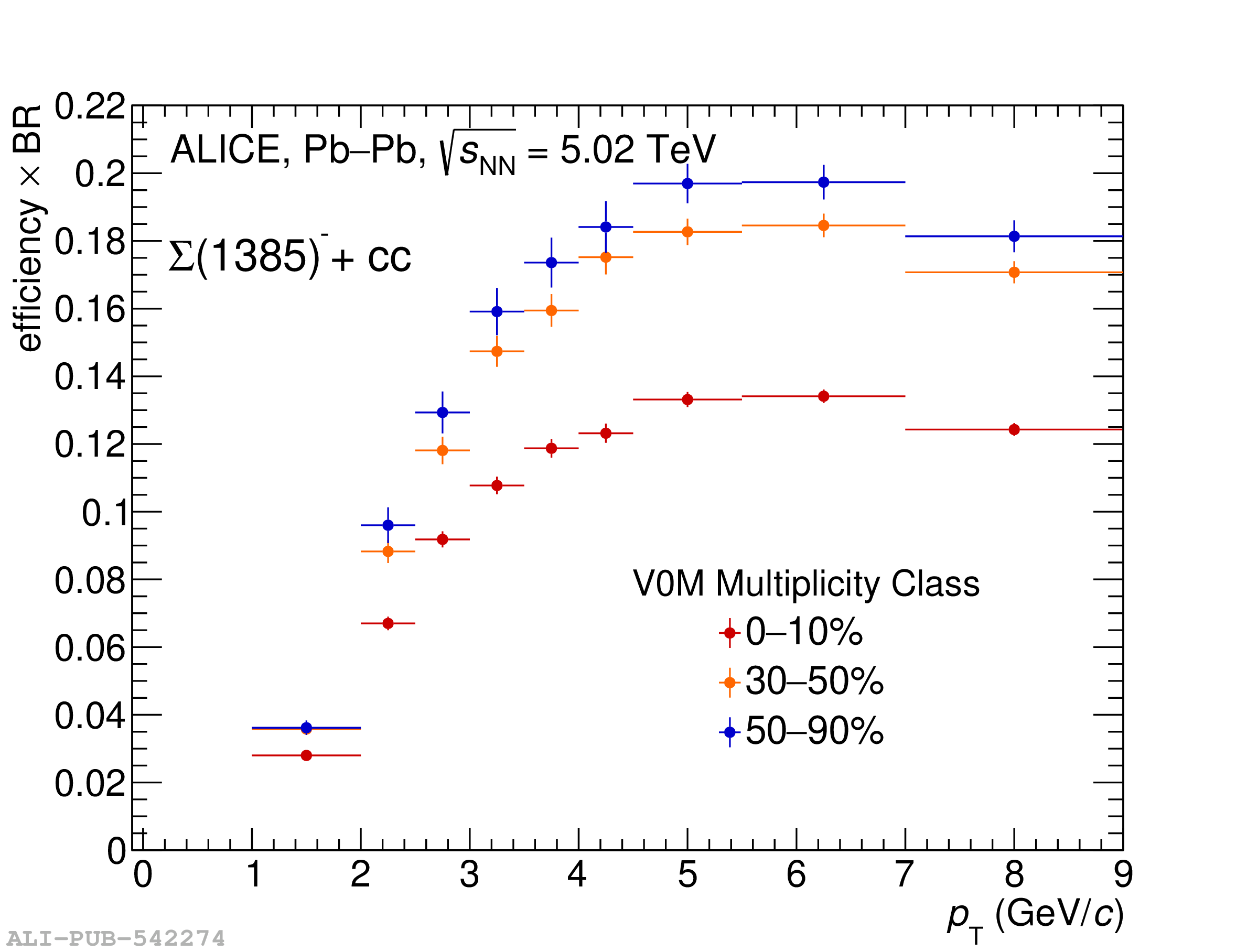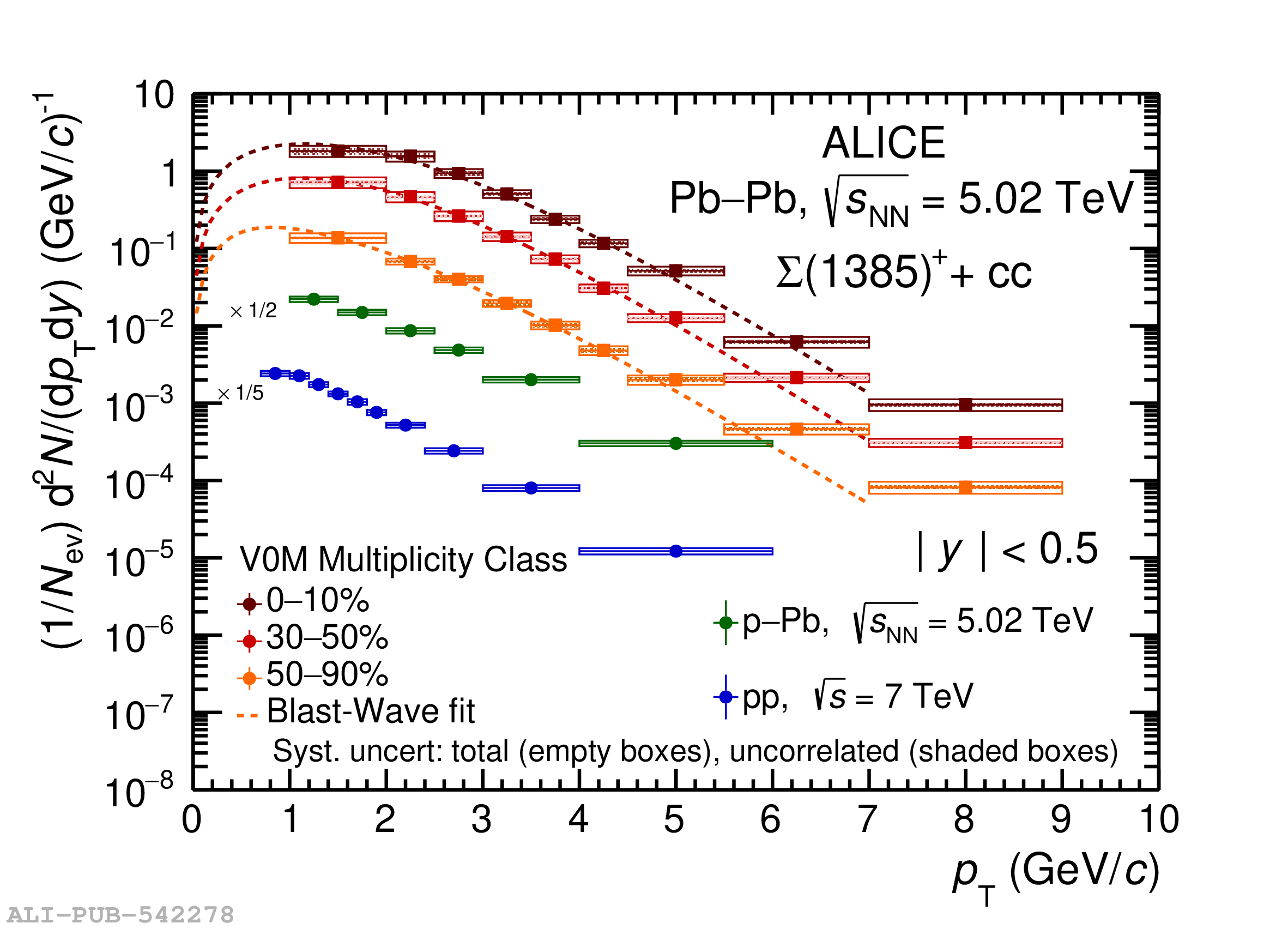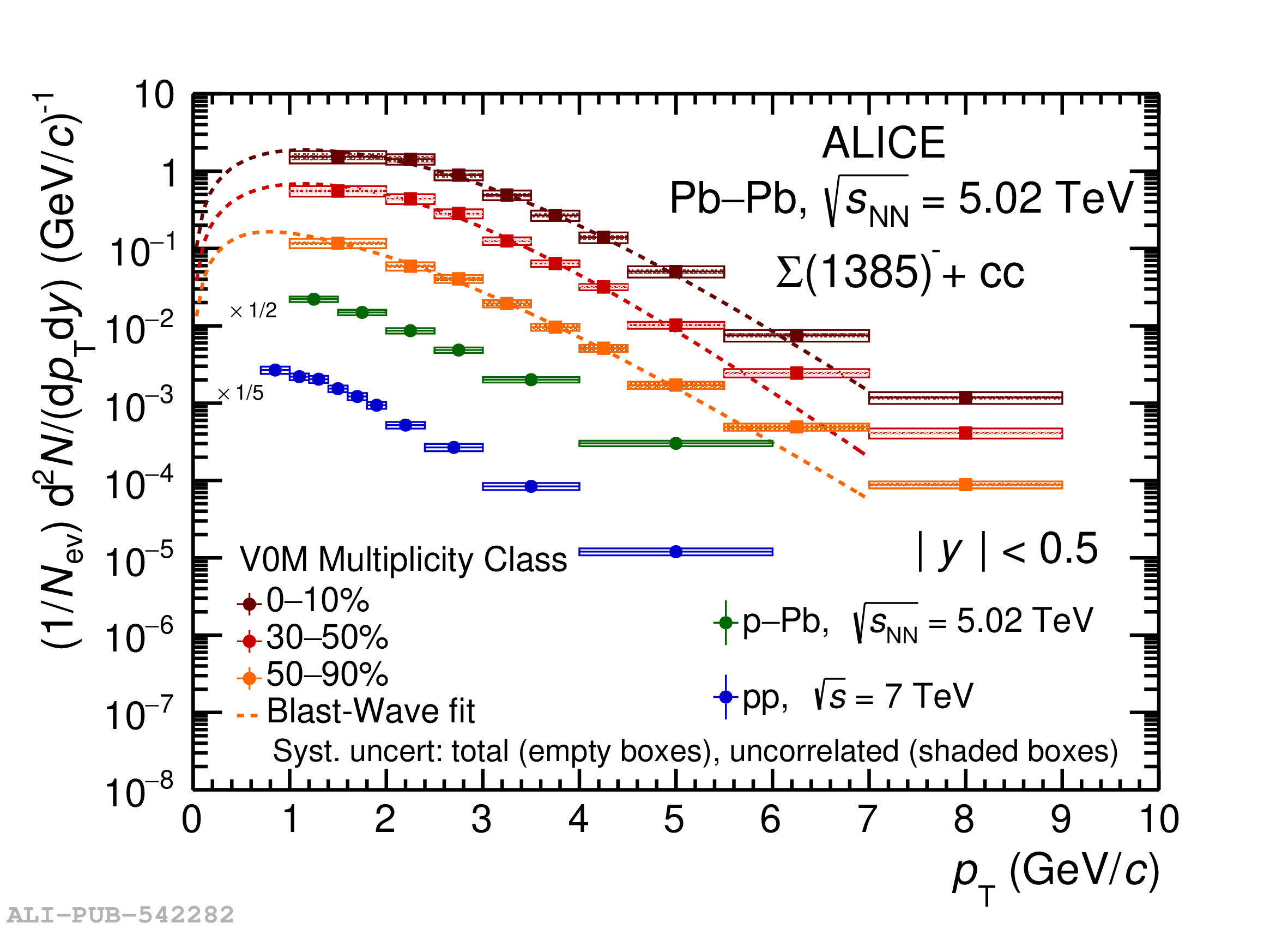Hadronic resonances are used to probe the hadron gas produced in the late stage of heavy-ion collisions since they decay on the same timescale, of the order of 1 to 10 fm/$c$, as the decoupling time of the system. In the hadron gas, (pseudo)elastic scatterings among the products of resonances that decayed before the kinetic freeze-out and regeneration processes counteract each other, the net effect depending on the resonance lifetime, the duration of the hadronic phase, and the hadronic cross sections at play. In this context, the $\Sigma(1385)^{\pm}$ particle is of particular interest as models predict that regeneration dominates over rescattering despite its relatively short lifetime of about 5.5 fm/$c$. The first measurement of the $\Sigma(1385)^{\pm}$ resonance production at midrapidity in Pb-Pb collisions at $\sqrt{s_{\mathrm{NN}}}= 5.02$ TeV with the ALICE detector is presented in this Letter. The resonances are reconstructed via their hadronic decay channel, $\Lambda\pi$, as a function of the transverse momentum ($p_{\rm T}$) and the collision centrality. The results are discussed in comparison with the measured yield of pions and with expectations from the statistical hadronization model as well as commonly employed event generators, including PYTHIA8/Angantyr and EPOS3 coupled to the UrQMD hadronic cascade afterburner. None of the models can describe the data. For $\Sigma(1385)^{\pm}$, a similar behaviour as ${\rm K}^{*} (892)^{0}$ is observed in data unlike the predictions of EPOS3 with afterburner.
Eur. Phys. J. C 83 (2023) 351
HEP Data
e-Print: arXiv:2205.13998 | PDF | inSPIRE
CERN-EP-2022-104
Figure group








